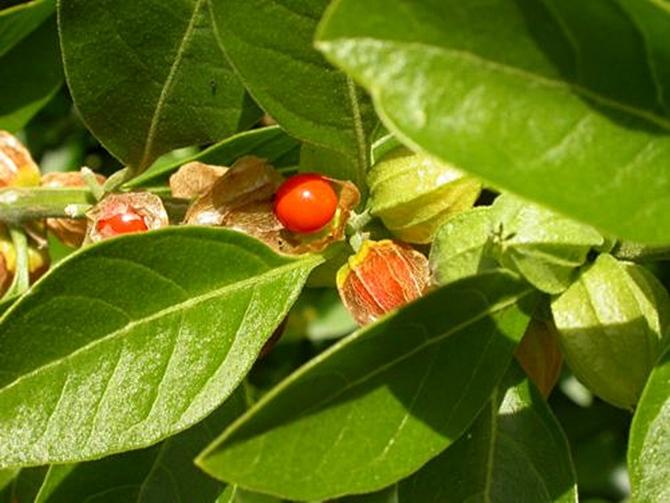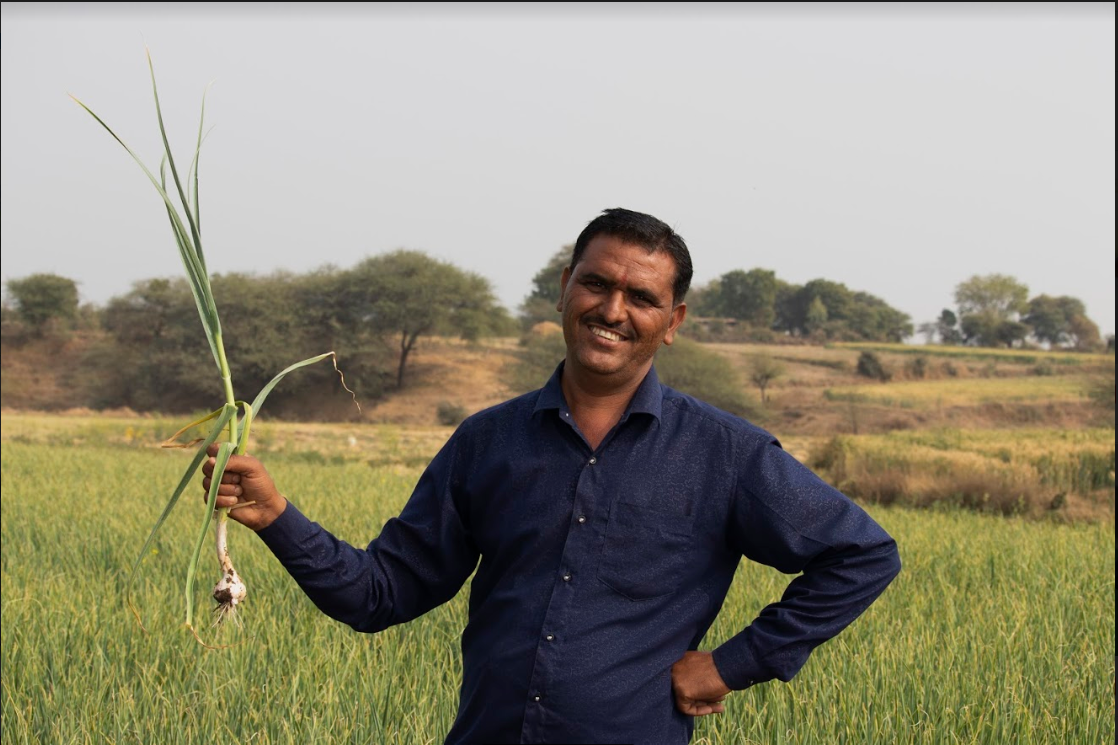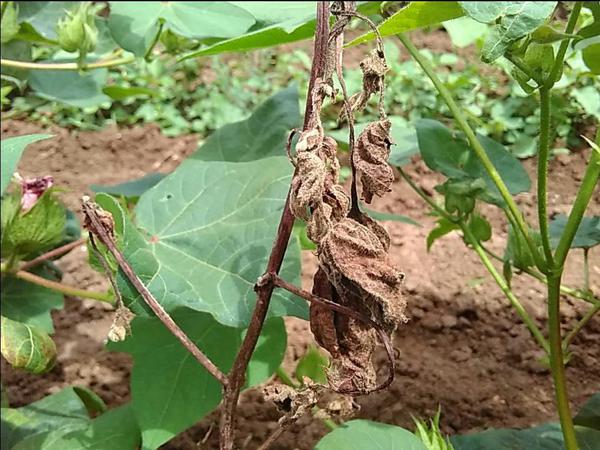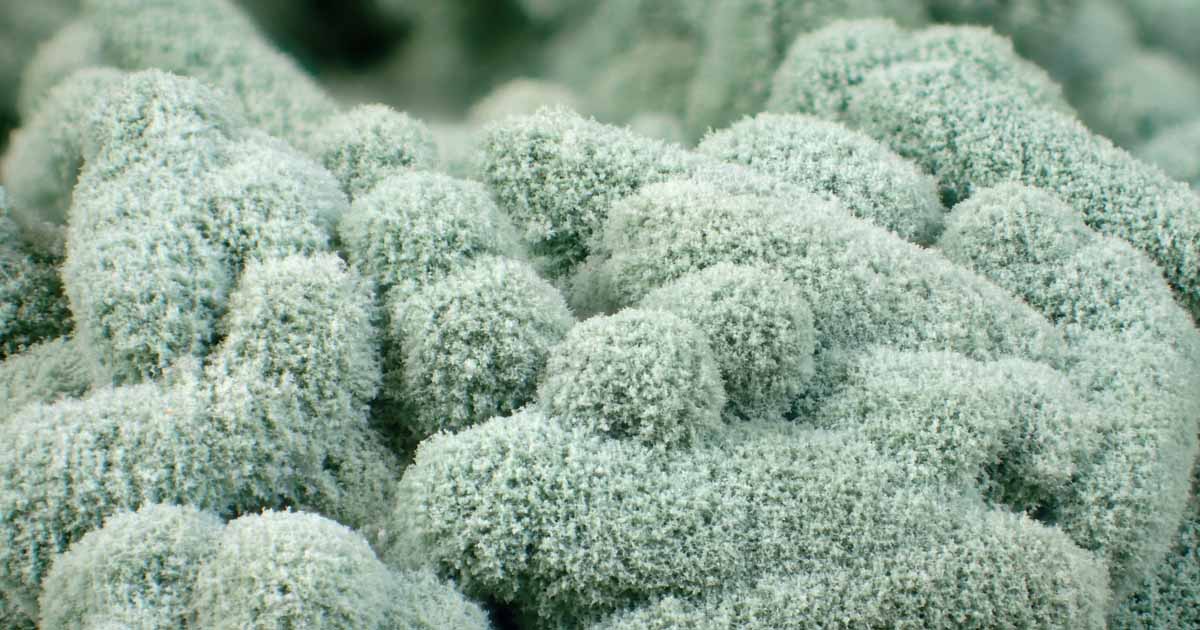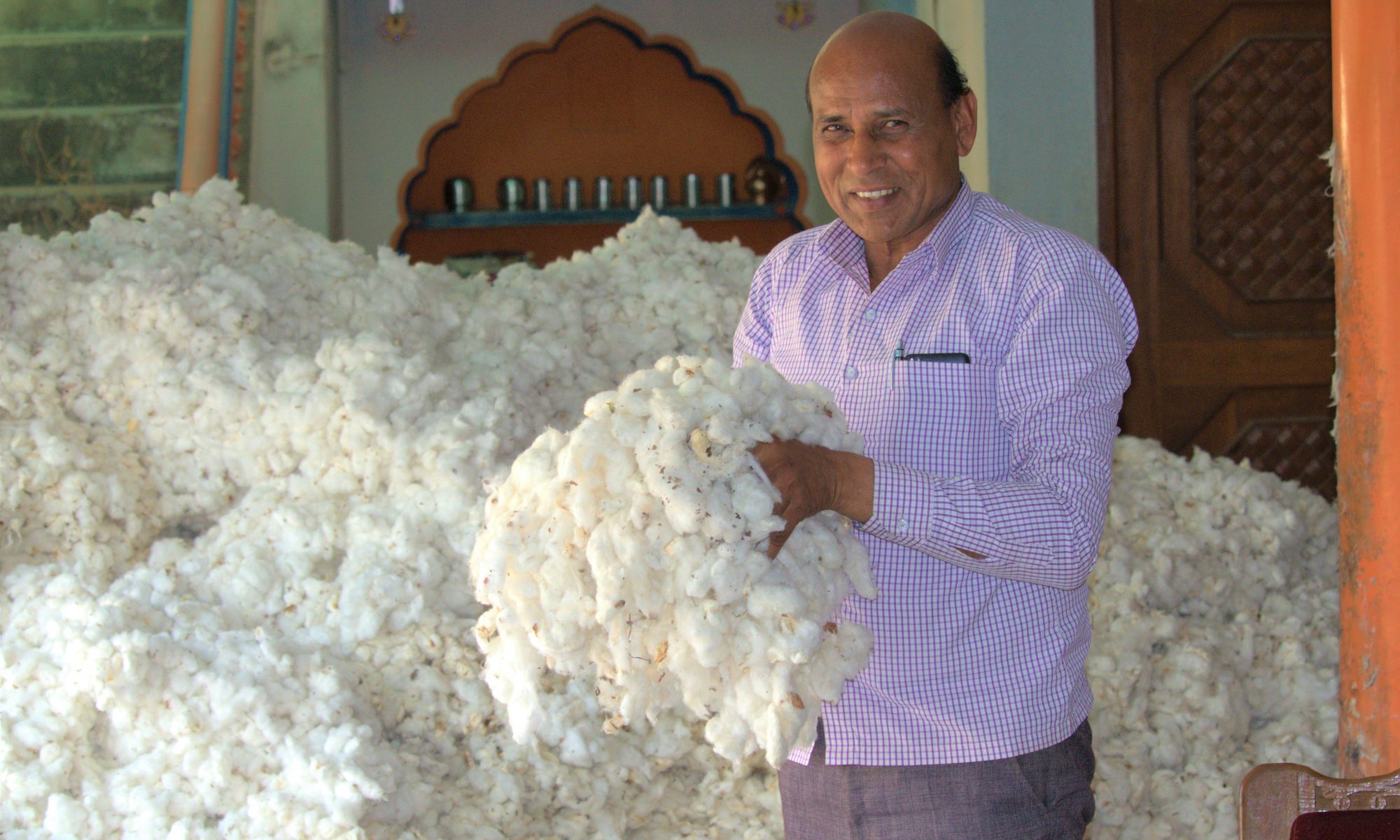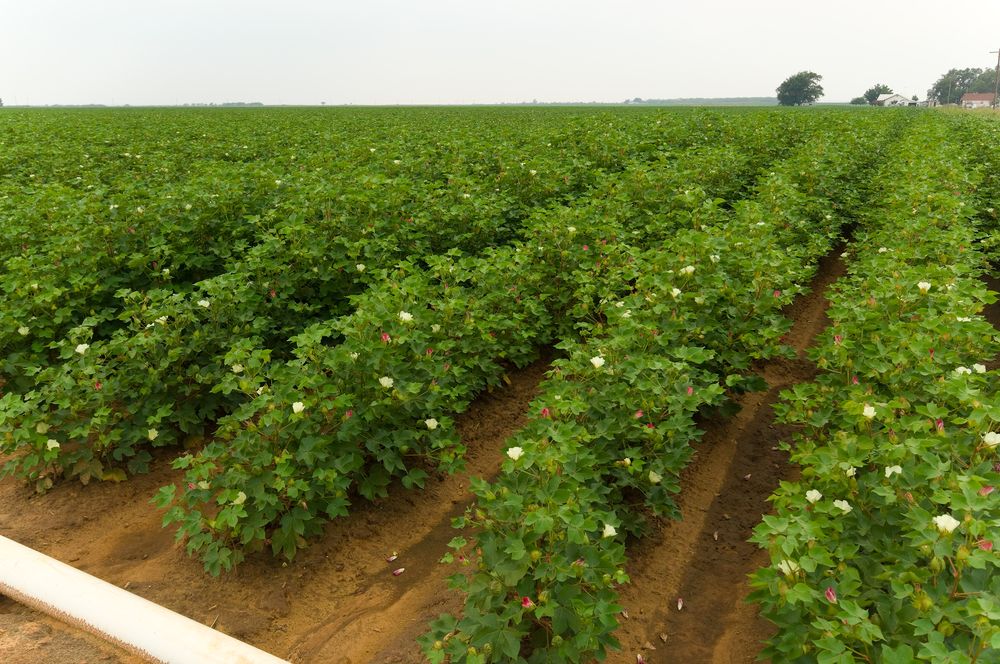- Due to the antioxidant properties present in Ashwagandha, it helps in increasing the immunity system of the body.
- Ashwagandha has anti-stress properties which are beneficial in reducing mental stress, depression and anxiety.
- It is used to remove sexual debility.
- Ashwagandha works to increase both white blood cells and red blood cells, which is beneficial in many serious physical problems.
- Consuming ashwagandha strengthens the heart muscles and helps reduce bad cholesterol levels. .
- Ashwagandha is used to eliminate the negative effects of chemotherapy used as a treatment for cancer.
- Its intake works effectively against cataracts. It is also a great option for increasing eye light.
Now farmers of MP will directly connect with exporters of many states including Maharashtra, UP
Madhya Pradesh Agriculture Minister Mr. Kamal Patel held a meeting with the ministry through video conferencing in which he directly interacted with the exporters. During this, he informed that more than 10 exporters of various states including Maharashtra and Uttar Pradesh have shown interest in agriculture products of Madhya Pradesh through the Agricultural and Pro-version Food Products Export Development Authority.
During this meeting, the exporters requested the minister Mr. Patel that “If the state government provides the facilities, they will contract with the farmers of the state and export agricultural products to other states.” On this request of exporters, Minister Shri Patel assured them that “Chief Minister of the state Mr. Shivraj Singh Chouhan will take decisions in the interest of farmers and the government will provide necessary support and facilities to the exporters.”
Minister Shri Patel said that “all the necessary facilities are being made available to the farmers in the state to benefit their produce. The expert group is going to provide facilities like cold storage, grading, set standards for export, etc.”
Source: Krishak Jagat
ShareKnow the importance of removing and germinate extra plants in the Cotton field
- Some seeds do not grow after 10 days of sowing cotton in the field and some plants die after growing.
- This can happen due to many reasons such as rotting of seeds, sowing the seeds in more depth, eating of seeds by any insect or not getting enough moisture, etc.
- In these empty places, there is a direct effect on production if the plant does not grow, so seeds should be sown again at these places. This action is called Gap Filling.
- The distance between the plants in the queues in the cotton field should be the same. The process of filling this space is called Gap Filling.
- Gap filling keeps the distance between the plants the same. Due to which the production of cotton is good.
- On the other hand, if more than one seed falls at the same place at the time of sowing, more plants grow at the same place.
- If these plants are not removed timely, then it directly affects our production.
- Therefore, the removal of these extra plants is called Thinning. In the cotton crop, Thinning is done 15 days after sowing. So that the plants get the right amount of manure and fertilizer and the plants get proper growth.
Outbreak of nematode in Brinjal crop
- Due to nematodes in the soil, nodes are formed in the roots of brinjal plants.
- Due to its outbreak, the roots of the plants are not able to absorb nutrients. Due to this, there is a big decrease in the number of flowers and fruits.
- Leaves start to turn yellow and the entire plant remains dwarf.
- The plant dies after dying due to excess infection.
- Do not plant brinjal, chilli, and tomato crops for 2-3 years in the field where problems already appear.
- Do deep plowing in the affected field in summer.
- Apply marigold between 1-2 rows of brinjal crop.
- Mix 3% of Carbofuran @ 10 kg/ acre before planting.
- For biological control of nematodes, mix 200 kg Neem cake or 2 kg Verticillium chlamydosporium or 2 kg Paecilomyces lilacinus or 2 kg Trichoderma harzianum with 100 kg of good rotten dung and mix it at the rate of one acre per acre.
7 crore farmers get big relief, exemption for not depositing agricultural loan for 3 months
The countrywide lockdown has been going on for more than two months to prevent the infection of the Corona global epidemic. Due to this lockdown, farmers have been facing many problems. Because of these problems, now 7 crore KCC holder farmers have been given big relief. The date of depositing the next installment of the loan taken by the farmers has been extended.
The date of depositing the installment was increased once earlier from March month to 31 May. Now this extended date has once again been extended for three months to 31 August. This means that even if you do not pay the loan installment for the next 3 months, the bank will not put any pressure on you.
Source: Krishi Jagran
ShareIdentification and treatment of root rot disease in cotton crop
- The withering of cotton plants is the first symptom of this disease.
- Due to this, in severe cases all the leaves may fall or the plant may fall.
- In this disease, the root bark bursts after yellowing due to which water and nutrients do not reach the plant properly.
- The entire root system rotting and the plant can be uprooted easily.
- Initially, only a few plants are affected in the field. Then, with time, the disease spreads around the entire field, forming a circle around these plants.
- To prevent disease, seeds should be treated @ 5 grams of Trichoderma viride or 10 grams of Pseudomonas fluorescens per kg. or
- Treat seeds @ 2.5 gm Carbendazim 12% + Mancozeb 63% WP per kg.
- To protect, spread 2 acres of Trichoderma viride in 4 tons FYM and spread it in an acre field.
- For disease control, mix 500 gm of Carbendazim 12% + Mancozeb 63% WP or 500 gm Thiophanate Methyl 75% WP or 600 gm Metalaxyl 4% + Mancozeb 64% WP in 200 liters of water and drenching near the stem of the plant.
When, how and why to use Friend Fungal Trichoderma
- It is an organic fungicide that kills many types of pathogens. Due to which the root rot, stem rot, wilt, damping off in the crops is protected from diseases.
- Trichoderma can be used in all types of crops for seed treatment, soil treatment, root treatment and drenching.
- For seed treatment, seed treat @ 5-10 grams of Trichoderma @ 1 kg seed is used. This seed treatment is done before sowing.
- For the treatment of roots, prepare the solution by mixing 10 kg FYM and 100 liters of water, then mix 1 kg of Trichoderma powder in it and prepare a mixture of all three. Now sink the roots of the plant in this mixture for 10 minutes before transplanting.
- For soil treatment, 2 kg Trichoderma powder per acre is mixed with 4 tons FYM in the field.
- To use in standing crops, mix 10 grams of Trichoderma powder in one liter of water and do drenching in soil near the stem area.
Gramophone’s advice helped a farmer get double profit from cotton farming
The land of India is very fertile and perhaps that is why India has always been an agricultural country. If the farmers get proper guidance, up to 100% can be availed from this fertile land. With the guidance provided by Gramophone, Mr. Shiv Kumar Chauhan, the farmer of Barwani took some similar benefits.
Shiv Kumar, on the advice of gramophone agricultural experts, advanced cotton cultivation and gained tremendous production from the crop. This production earned him a total of Rs 22 lakhs. Here you will be surprised to know that earlier, their income from cotton cultivation was only 11 lakhs. But engagement with Gramophone and guidance from agricultural experts doubled earnings in a single year.
It is worth noting that during the cultivation of cotton, Shiv Kumar consulted the agricultural experts of Gramophone many times and also brought seeds, fertilizers, and medicines. He was surprised when he finally saw the production. Their production doubled as well as the quality of their produce was much better than before.
Today, Shiv Kumar thanks Gramophone, and advises all farmers to join Gramophone so that other farmers like them can also get the benefit and upgrade their agriculture.
You can also get good production from your crop by connecting with Gramophone. To join Gramophone you can give a missed call on our toll-free number 18003157566 or login to Gramophone Krishi Mitra app.
ShareProvision of 500 crores under Operation Green, know which farmers will benefit
Prime Minister Narendra Modi had announced Rs 20 lakh crore under the Atmanirbhar Bharat Package to deal with the situation created by the Corona tragedy. A large part of this large package is going to be planted in the agriculture sector, which was later announced by Finance Minister Nirmala Sitharaman. In this episode, Finance Minister Nirmala Sitharaman said that Operation Green will be further promoted.
Explain that earlier tomato, onions, and potatoes used to come under this scheme, but now all other fruits and vegetables will also be brought under it. Apart from this a provision of Rs 500 crore will also be made for this scheme which will benefit many farmers.
The food items that are destroyed will be saved from this scheme and farmers will not have to sell their crops at low prices under adverse conditions. Under this scheme, a 50% subsidy will be given on the transport of all fruits and vegetables and also 50% on storage.
ShareManagement of sucking pests in early stage of Cotton crop
- Insecticide thrips and aphids can attack 10 to 12 days after germination of the cotton crop.
- These insects sucking on the soft stems and leaves, which makes the plant weak and unable to grow.
- To protect these thrips and aphids, spray 100 gm Thiamethoxam 25% WG or 100 gm Acetamiprid 20% SP mix with 200 liters of water per acre.
- Use Bavaria basiana 1 kg per acre by biological means or can also be used in combination with the above pesticide.

